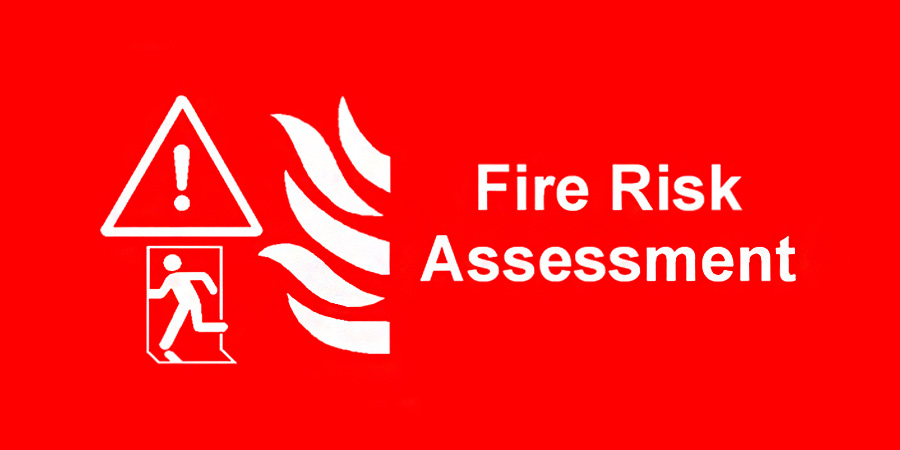Fire Risk Assessments are important assessments carried out to determine the level of risk existing in a particular environment and to identify potential fire dangers. These evaluations are essential for making sure that people, property, and the environment are all safe. Individuals and organizations can put the right measures in place to successfully manage risks by identifying the important elements that may contribute to fire occurrences.
What Fire Risk Assessments Are Used For
Finding and assessing potential fire threats in a particular area is the main objective of a Fire Risk Assessment. This assessment entails a careful inspection of the location, including its structure, electrical systems, heating and cooling systems, storage spaces, and potential ignition sources. Any dangers that are present or could arise can be identified through this evaluation, and appropriate preventive action can then be implemented to lessen the possibility of a fire occurring.
Fire Safety Measures Assessment
Evaluating the efficacy of the currently in place fire safety measures is another crucial component of Fire Risk Assessments. Fire alarms, sprinkler systems, fire extinguishers, emergency exits, and evacuation plans are a few examples of these precautions. This safety measure installation, maintenance, and emergency functionality are all checked as part of the assessment. If any flaws are found, quick action can be taken to fix them and raise the degree of fire safety overall.
Finding Vulnerable Residents
Fire Risk Assessments evaluate the susceptibility of the occupants within the premises in addition to the physical factors of fire safety. This includes any people who might be in the place, such as staff members, locals, guests, or others. People with mobility challenges, youngsters, the elderly, and people with disabilities receive special consideration. The right precautions can be taken to ensure vulnerable occupants’ safe evacuation in the case of a fire by identifying them.
Regulatory and Legal Compliance
In order to ensure compliance with fire safety laws and regulations, Fire Risk Assessments are essential. Fire safety regulations may vary from jurisdiction to jurisdiction, and breaking these rules can have serious repercussions, including legal liabilities and eventual closures. Businesses and property owners can make sure they satisfy all required safety standards and maintain a safe environment for everyone involved by undertaking routine Fire Risk Assessments. Visit here for more information Electrical Installation Condition Reports.
Putting Mitigation Strategies in Place
A thorough report is produced once a Fire Risk Assessment is finished, detailing the risks and hazards found as well as making suggestions for improvement. People and organizations can put appropriate mitigation plans into practice based on this research. These tactics can involve educating employees about fire safety procedures, adding more fire safety gear, enhancing emergency evacuation procedures, and educating building occupants about fire risks.
Conclusion
In order to protect lives and property, Fire Risk Assessments are essential procedures. The probability of fire incidents can be greatly decreased by recognizing potential fire hazards, evaluating safety measures, and taking the necessary actions. Additionally, following fire safety laws guarantees legal compliance and contributes to making the environment safer for all inhabitants. Every organization’s safety management plan should include regular Fire Risk Assessments, which show a proactive dedication to fire safety.



